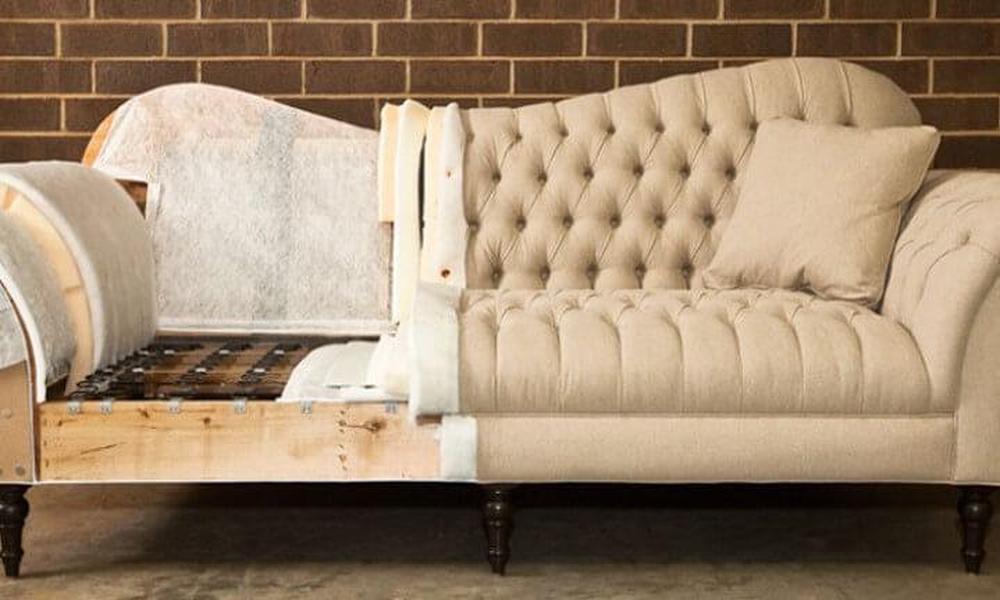Choosing the right colors and patterns for upholstery that complement your existing decor involves thoughtful consideration and attention to detail. Here are some steps to help you make the best choices:
Assess Your Current Decor:
Take a close look at your existing decor, including walls, curtains, rugs, and other furniture. Identify the dominant colors and patterns already present in the room. This will serve as a starting point for selecting upholstery that coordinates well with the overall scheme. Develop a color palette based on your existing decor. Choose a primary color (the dominant color in the room) and one or two secondary colors that appear in smaller accents. The upholstery color should align with these colors to ensure harmony.
Balance Boldness:
If you’re existing decor already includes bold patterns or vibrant colors, consider opting for a more understated upholstery to balance the visual impact. Conversely, if your current decor is relatively simple, adding a bold pattern or a pop of color through the upholstery can liven up the space. Consider the scale of the patterns in your existing decor. If you have large-scale patterns on curtains or rugs, a smaller-scale pattern for upholstery might work well. Alternatively, if your existing decor features smaller patterns, a larger-scale pattern on the upholstery can create a striking contrast.
Sample Swatches:
Obtain fabric swatches or samples of the upholstery options you are considering. Compare them to your existing decor in different lighting conditions to see how they interact and ensure they create the desired effect.
Texture and Material:
Consider the texture and material of the upholstery of the existing decor. For example, smooth leather or velvet upholstery can add a touch of luxury, while a casual linen fabric can create a relaxed and inviting atmosphere.
How to maintain and care for your upholstery to ensure its longevity and luxurious appearance?
Regular Cleaning: Vacuum your upholstery regularly to remove dust, dirt, and debris. Regular cleaning prevents dirt from settling into the fibers and helps maintain the upholstery’s appearance.
Follow Manufacturer’s Guidelines: Check the manufacturer’s care instructions for your upholstery. Follow their guidelines on cleaning products, washing instructions, and any specific recommendations to preserve the fabric’s quality.
Use Appropriate Cleaning Products: If your upholstery requires cleaning beyond regular vacuuming, use only appropriate cleaning products recommended for the fabric type. Test any cleaning solution in an inconspicuous area first to ensure it doesn’t damage the upholstery.
Protect from Direct Sunlight: Prolonged exposure to direct sunlight can cause upholstery fabrics to fade or deteriorate over time. Use curtains or blinds to shield your furniture from harsh sunlight, especially during peak daylight hours.
Rotate and Flip Cushions: To prevent uneven wear and sagging, rotate and flip cushions regularly. This helps distribute the weight and pressure evenly across the upholstery, prolonging its life. Keep pets’ nails trimmed to avoid potential damage.
Professional Cleaning: Periodically, consider professional upholstery cleaning to deep clean and refresh the fabric. Professional cleaners have the expertise and tools to handle different upholstery types effectively.
Keep Pets Off Furniture: If possible, discourage pets from climbing on upholstered furniture to minimize wear and pet hair accumulation. Excessive humidity can promote mold and mildew growth, while low humidity may cause the upholstery to dry out and crack. Maintain a moderate indoor humidity level to protect your furniture.

